|
Misunderstandings can create anger, frustration, upset, arguing and even physical outbursts or fighting. It is important to find ways to solve these misunderstandings before they escalate.
Teaching SEL (social and emotional learning) to young children is an important element of fostering a safe, caring classroom environment. One essential SEL strategy for the classroom is teaching kids how to solve disagreements. Solving disagreements
There are several problem solving strategies that can be used to help with disagreements. Five key ways of doing this include active listening, looking for win-win solutions, thinking with empathy, brainstorming possible solutions together, and using “I” statements when talking about problems and feelings.
Using "I" Statements
Often when accusations are used, emotions escalate and more conflict is possible. Using "I" statements helps take the sting away from making it sound like someone has done something wrong, shares what the speaker feels and how it personally affects them and allows for a positive conversation and resolution. When 'I' statements are used, children learn how to communicate responsibly, both listening to others and expressing their own emotions, when it comes to solving disagreements.
It's important to teach how to use "I" statements and explain how they can help with problem solving. How to use "I" statements
Teaching how to use "I" statements effectively and the importance of using them can be done in a variety of ways, but one of the best is by role play and story telling followed by discussion. This is a chance for them to see how using "I" statements leads to understanding instead of accusations and more conflict.
Framing the "I" statement needs to be taught as well. Kids need to be able to share how they are feeling and why without blaming. This is a skill that will need some practice. The automatic reaction is to accuse when an incident occurs. For example, instead of saying "You did something wrong" they could use "I felt upset when ______ happened". This teaches kids to become aware of their own emotions, as well as the emotions of others, when communicating about problems and feelings.
There are several techniques that can be used, including sharing stories or doing role playing activities, for finding resolutions to disagreements. This helps to keep the conversation honest while making sure each student understands they have been heard and respected. SEL can give kids the ability to respectfully listen and process emotions, whether their own or someone else's, which is essential for solving disagreements out in the real world.
Active listening and thinking with empathy
Active listening is another important part of using "I" statements. Listening to what the speaker has to say in these "I" statements gives other people involved in the situation an idea of how the speaker feels and it brings greater understanding which helps with solutions. It also encourages responsibility for the speaker to share his own thoughts and feelings.
When kids listen actively, they can better understand and empathize with others. This will help them to see how their actions may have affected others. This will help them to be open to working through the situation and brainstorming to find a compromise or solution that will work for everyone. It also helps indicate that it's possible for everyone involved in a disagreement to get what they need without anyone feeling worse in the end.
When you teach children these strategies for problem-solving – active listening, looking for win-win solutions, thinking with empathy, brainstorming possible solutions together, and using “I” statements when talking about problems and feelings– they gain vital tools they will carry with them through all facets of their lives, from making friends on the playground to working collaboratively in their future careers.
Related PostsComments are closed.
|
About Me Charlene Sequeira
I am a wife, mother of 4, grandmother of 9, and a retired primary and music teacher. I love working with kids and continue to volunteer at school and teach ukulele. Categories
All
|
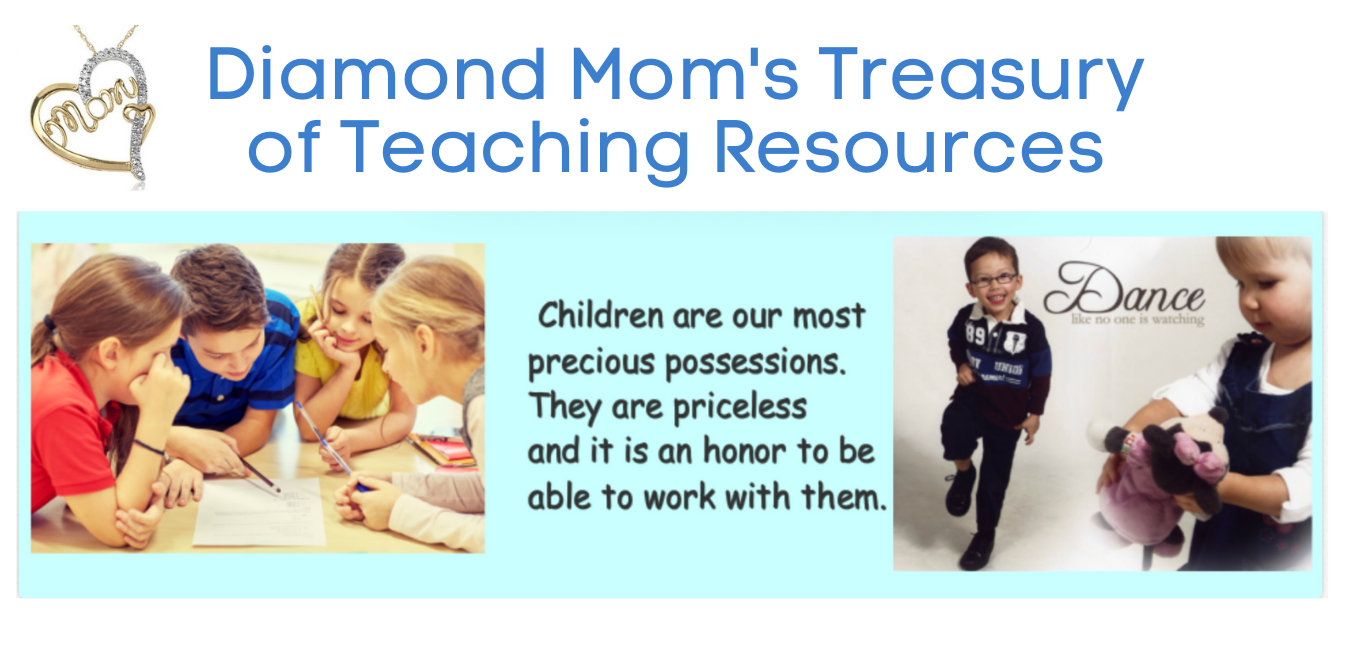
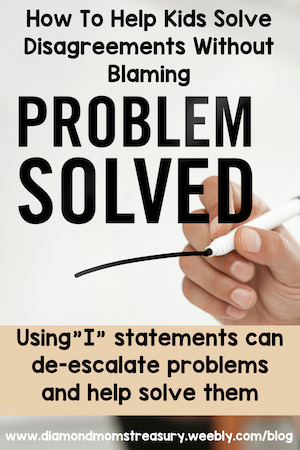
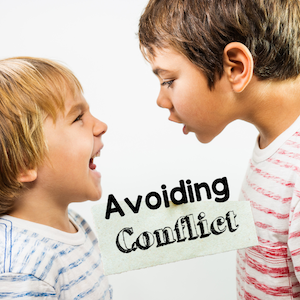
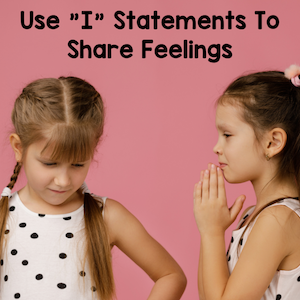
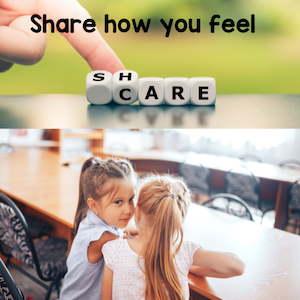
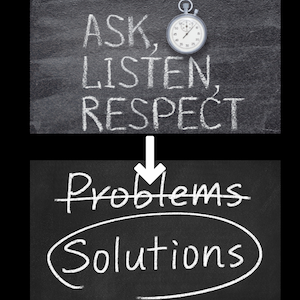
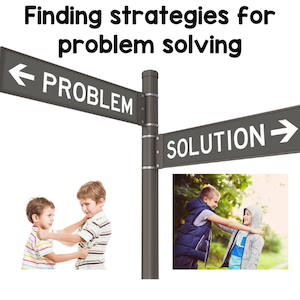
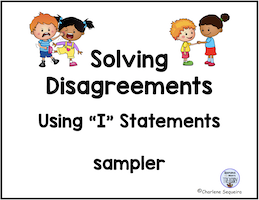
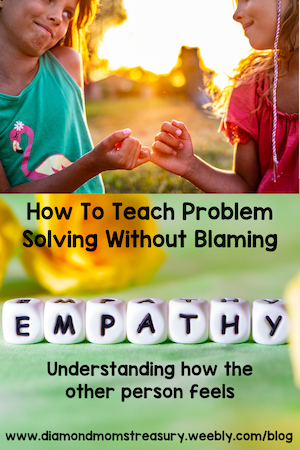

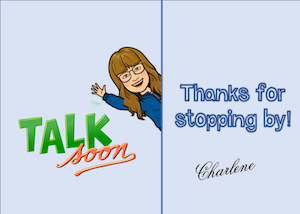
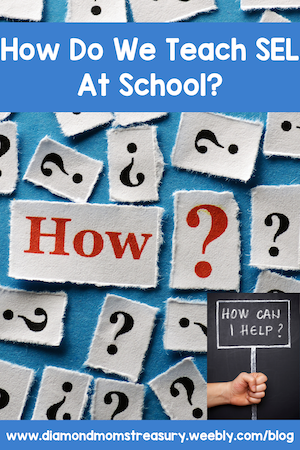
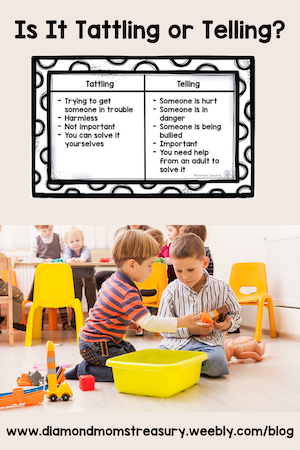
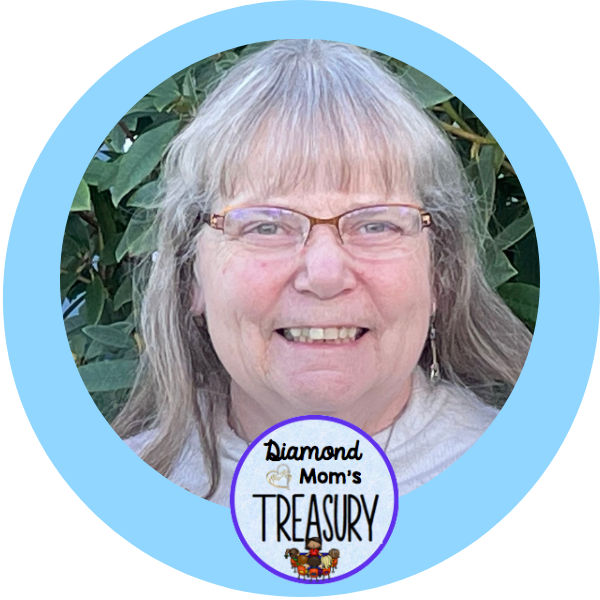


 RSS Feed
RSS Feed